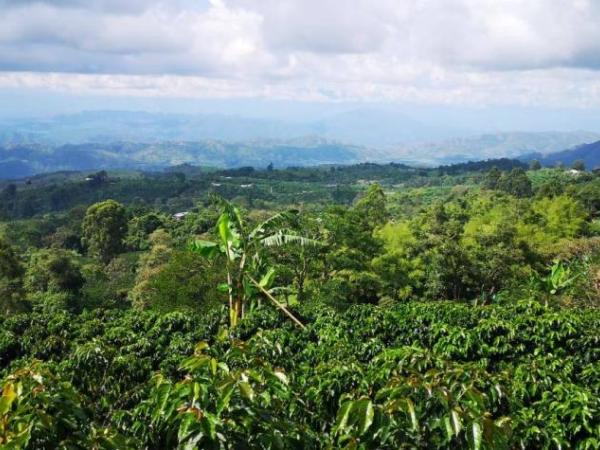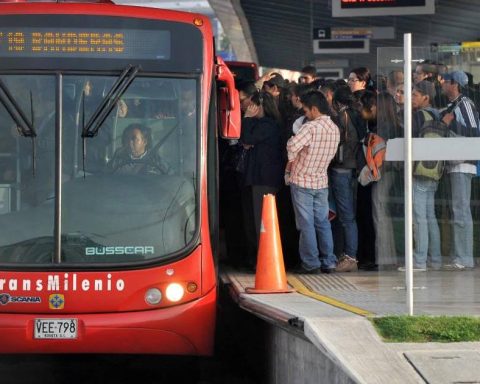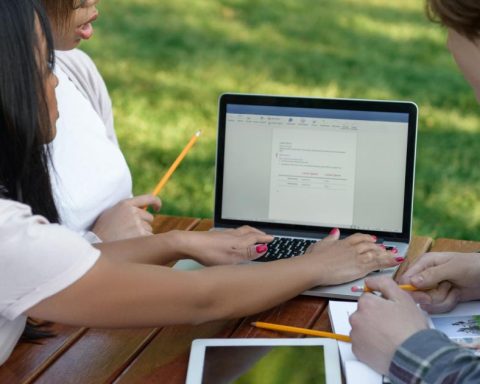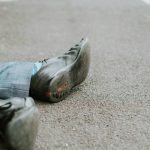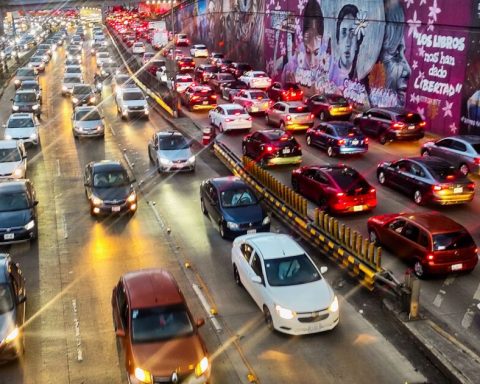In recent years there has been a discussion of sustainability within agriculture. This case is not foreign to Colombia, given that the different actors in the country’s agriculture have been implementing different practices and alternatives for sustainability in the sector.
(Climate, dollar and high demand, the ‘perfect storm’ on agriculture).
Currently and given the situation of climate change, the agricultural sector has had to explore more sustainable land in the 5.6 million hectares planted in agricultural products, which according to the Ministry of Agriculture and Rural Development, the country has.
For the Food and Agriculture Organization of the United Nations (FAO), this sustainable vision is important in favor of food and agriculture based on food that is nutritious and accessible to all and also that “natural resources are managed in such a way that the functions of the ecosystems are preserved to respond to the human needs of the present and the future”, they indicate.
Along the same lines, the different sectors such as the flower sector have been implementing different alternatives in this area. According to Augusto Solano, president of Asocolflores, in the social aspect, this is the agricultural activity that generates the most employment per hectare in agriculture.
(Inflation and high costs, the main challenges of the flower sector).
“Around 14 jobs per hectare are generated on average and they are all formal jobs. Approximately 60% and 65% are for women and many of them are heads of households”, explained the president.
Similarly, in the environmental field, the flowers have the Green Flower certificate For 26 years, it has been working on the recognized regulations on the subject of water, with which the union has transitioned to drip irrigation, the reduction of active ingredients of agrochemicals by half and the implementation and use of beneficial insects for crops.
A similar case is applied in the country’s poultry guild. For Gonzalo Moreno, executive president of Fenavi, in terms of sustainability, the sector has moved towards a circular economy model.
“We use rainwater to feed our animals, as well as chicken manure and chicken manure, which is the excrement that serves as fertilizer,” said the union leader.
In an economic axis, as explained by the National Federation of Coffee Growers of Colombia (FNC), it is intended guarantee the producer the base market price based on the positioning and differentiation of coffee in market nichesas well as the development of mechanisms to reduce negative price volatility.
In environmental matters, the Federation works with water resources, protecting springs and riverbeds.
The key objective of other crops
Another of the agricultural sectors that work in a sustainable axis is livestock. According to data from the Colombian Federation of Livestock Farmers (Fedegan), they currently manage the Sustainable Colombian Livestock project with which they hope to benefit around 2,000 livestock families, as well as convert 50,500 hectares of degraded grasslands into friendly production systems implemented in Cesar, Magdalena , Boyacá, Santander, Meta and the coffee region.
On the other hand, they expect to generate a 5% increase in the production of meat and milk invested in the participating farms.
For José Félix Lafaurie, “with the World Bank and other environmental entities and organizations, plus the English, we developed a project in five macro regions that involved a little more than 4,120 small ranchers who managed to convert more than 100,000 hectares into sustainable systems.”
“That allowed to increase the use of an animal, it went to five or seven per hectare with great environmental benefits,” he said.
In turn, from the banana sector, it is stated that “there is a strong commitment to the development of the regions where we are present.”
According to José Francisco Zúñiga Cotes, executive president of Asbama, “we have been working for a comprehensive sustainability that begins with the generation of jobs, of about 15,000 direct formal jobs on the Caribbean coast, where the salary base is higher than current legal minimum wage”
“In addition to the above, there are more than 40,000 indirect jobs, which promotes the economic dynamism of the regions,” said Zúñiga.
Finally, Felipe Pinilla, president of the National Association of Milk Producers (Analac), assured that the dairy sector is implementing “the grazing production model, which is a tool that partially or totally offsets the emissions generated (…) In addition, promoting these programs is based on a good balance that achieves environmental, social, economic and public health results”.
Diana K. Rodriguez T.
BRIEFCASE
